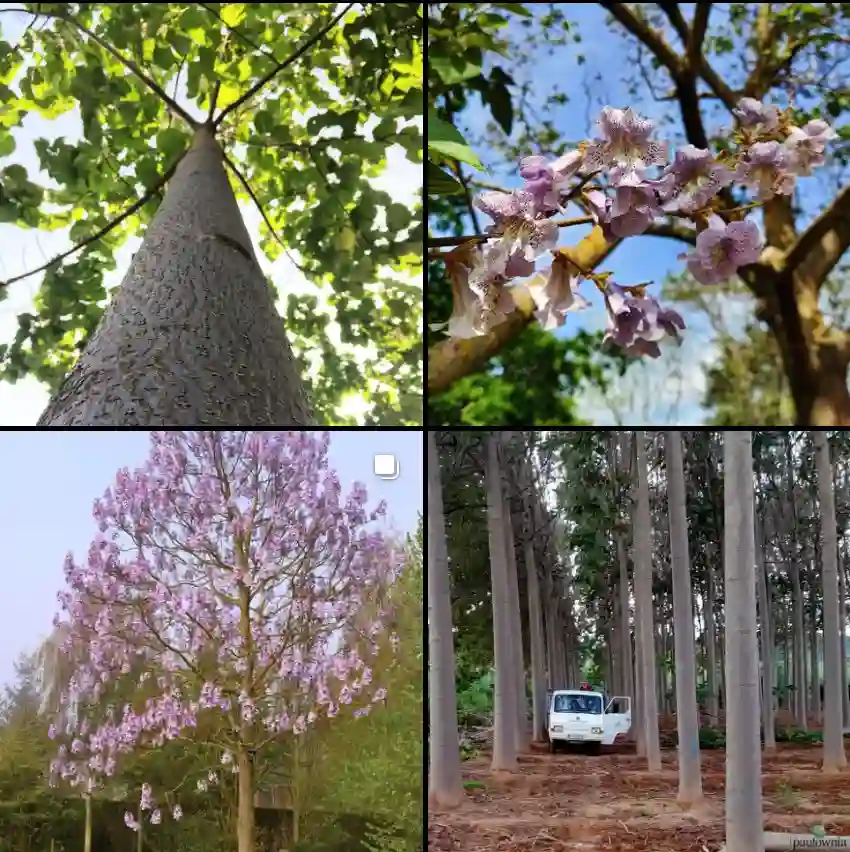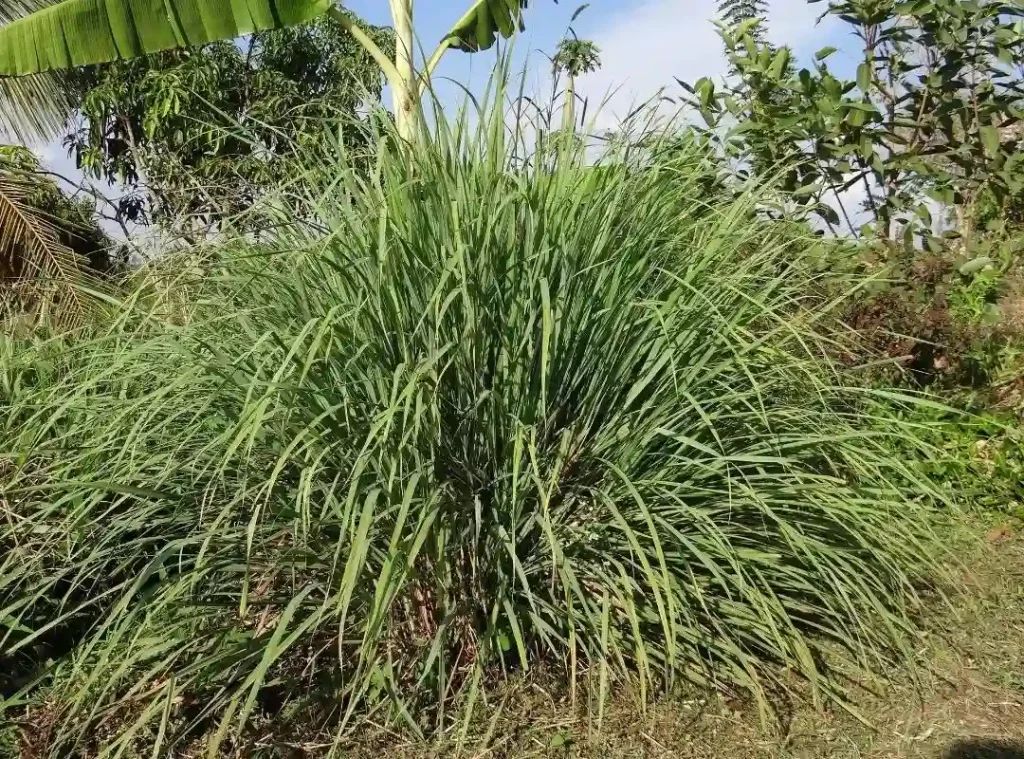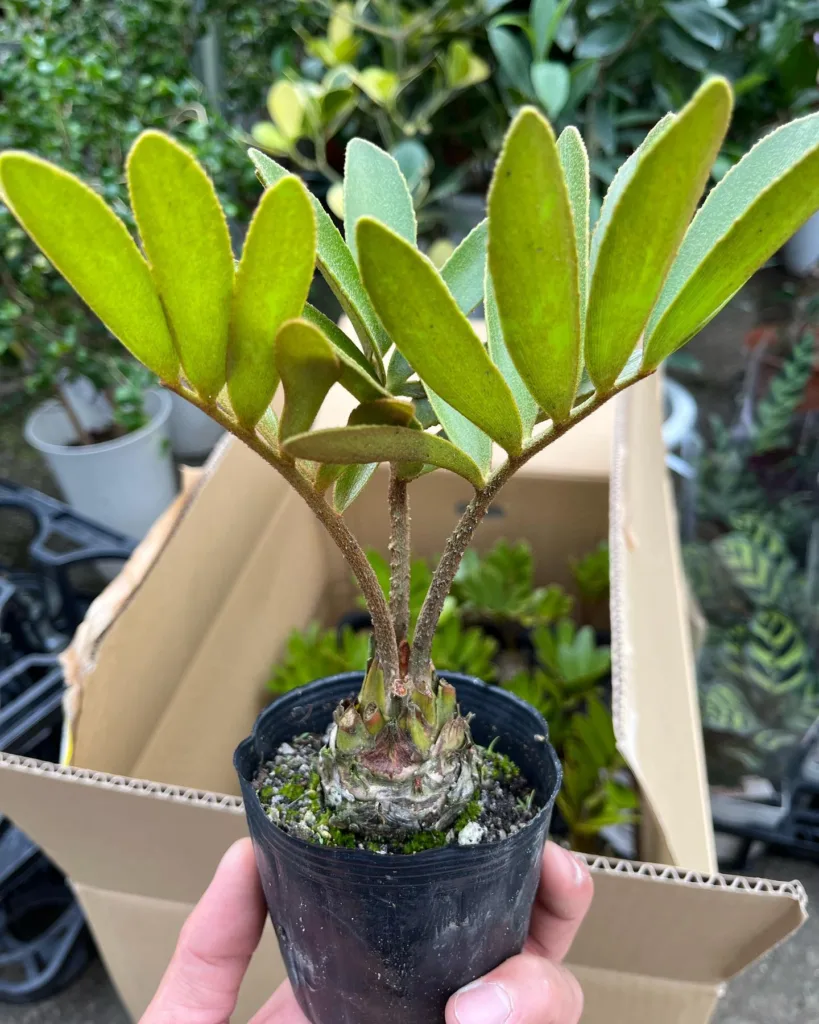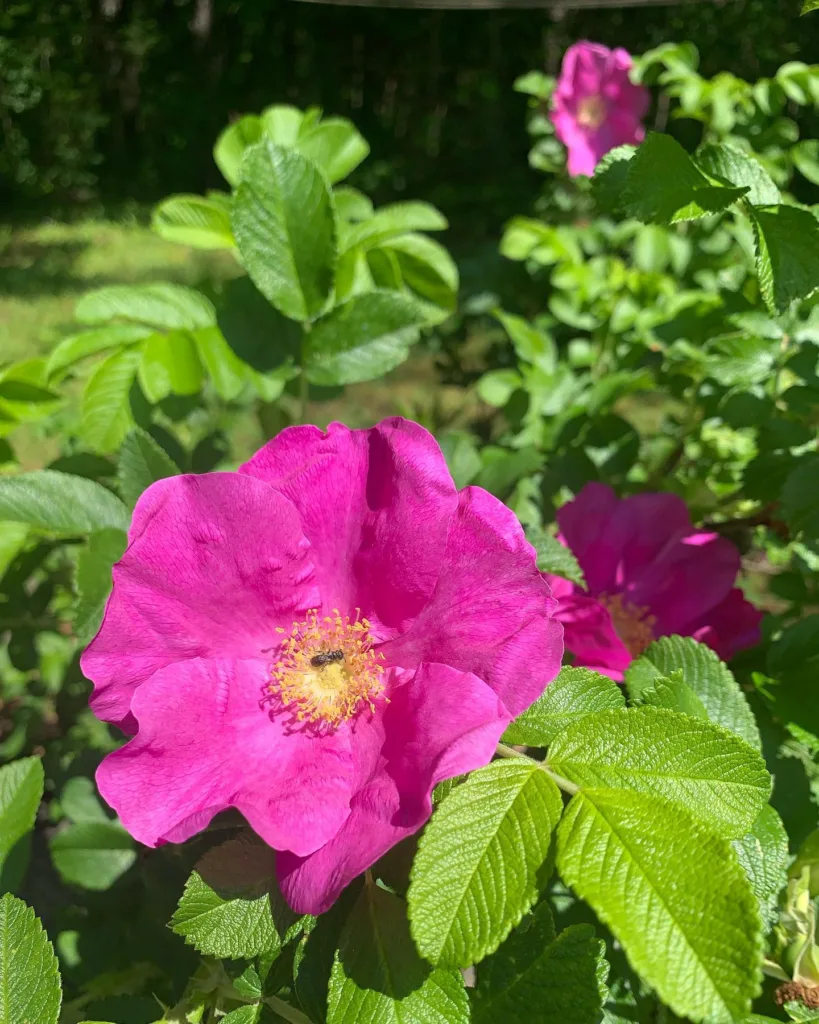FAQs About Aglaonema Pumilum: A Personal Guide
When I first encountered Aglaonema Pumilum, I was instantly captivated by its elegant foliage and understated charm. This plant, often referred to simply as Aglaonema or Chinese Evergreen, has become a favorite in my collection. In this article, I’ll share my personal experiences and answer some frequently asked questions about Aglaonema Pumilum, covering everything from care to propagation and companion plants.
26 Species in Genus Aglaonema
What Is Aglaonema Pumilum?
Aglaonema Pumilum, commonly known as the Aglaonema, is a species of the genus Aglaonema. This plant is appreciated for its attractive, glossy leaves and its ability to thrive in low light conditions. Originating from Southeast Asia, it is often used as a houseplant due to its adaptability and low maintenance requirements. The Aglaonema Pumilum is characterized by its broad, dark green leaves, sometimes with subtle silver or light green markings.
How to Care for Aglaonema Pumilum?
Caring for Aglaonema Pumilum has been a rewarding experience for me. Here’s what I’ve learned about keeping this plant healthy and thriving:
Light Requirements
Aglaonema Pumilum prefers low to medium indirect light. It can tolerate lower light conditions, making it ideal for indoor environments. However, avoid placing it in direct sunlight, as this can scorch the leaves. I’ve found that a spot with filtered light works best.
Watering
Watering Aglaonema Pumilum is relatively straightforward. I water mine when the top inch of soil feels dry. It’s important not to overwater, as this plant is prone to root rot if the soil remains too moist. Ensure the pot has good drainage to prevent water from sitting at the bottom.
Temperature and Humidity
This plant thrives in average room temperatures ranging from 65 to 80°F (18 to 27°C). It can tolerate a bit of temperature fluctuation but avoid placing it near drafts or heaters. While Aglaonema Pumilum can handle lower humidity levels, it appreciates higher humidity. I occasionally mist mine or place it near a humidifier during dry months.
Soil and Fertilization
I use a well-draining potting mix, such as one formulated for houseplants. A mix of peat, perlite, and pine bark works well. Fertilize Aglaonema Pumilum every 6-8 weeks during the growing season (spring and summer) with a balanced, water-soluble fertilizer. I’ve found that this helps maintain vibrant foliage.
How to Propagate Aglaonema Pumilum?
Propagating Aglaonema Pumilum is a rewarding process, and here’s how I do it:
Propagation by Division
The easiest method for me has been propagation by division. During the spring or early summer, I remove the plant from its pot and separate the root ball into sections, ensuring each section has roots and stems. I then repot each division into a new container with fresh potting mix.
Propagation by Cuttings
Another method is to take stem cuttings. I cut a healthy stem just below a node and remove the lower leaves. I then place the cutting in water or directly into a moist potting mix. Roots typically develop in a few weeks. Once the roots are well-established, I transfer the new plant to a pot.
What to Plant with Aglaonema Pumilum?
Aglaonema Pumilum pairs well with various plants, enhancing the aesthetic of any indoor space. Here are a few companions that I’ve enjoyed:
Ferns
Ferns, such as Boston Ferns or Maidenhair Ferns, complement the lush foliage of Aglaonema Pumilum. Their contrasting textures create a visually appealing arrangement.
Peace Lilies
Peace Lilies, with their elegant white blooms and glossy green leaves, make a great pairing. They have similar care requirements and can thrive in the same conditions as Aglaonema Pumilum.
Spider Plants
Spider Plants add a touch of whimsy with their arching leaves and baby plantlets. They grow well in similar conditions and make an attractive display next to Aglaonema Pumilum.
Common Problems and Solutions
Over the years, I’ve encountered a few issues with Aglaonema Pumilum. Here’s how I’ve tackled them:
Yellowing Leaves
Yellowing leaves can indicate overwatering or poor drainage. I’ve learned to adjust my watering schedule and ensure the pot has proper drainage.
Leaf Spotting
Leaf spotting can be caused by inconsistent watering or fungal issues. To prevent this, I keep the leaves dry and avoid overhead watering. If spotting occurs, I trim affected leaves and adjust care practices.
Pests
Pests like spider mites and aphids can occasionally affect Aglaonema Pumilum. I use insecticidal soap or neem oil to address infestations and maintain overall plant health.
Conclusion
Aglaonema Pumilum is a delightful and resilient plant that has earned its place in my collection. By understanding its care needs and addressing any issues promptly, you can enjoy its beauty and elegance in your home. Whether you’re new to houseplants or a seasoned enthusiast, I hope these insights help you appreciate and care for Aglaonema Pumilum as much as I do.
If i die, water my plants!



